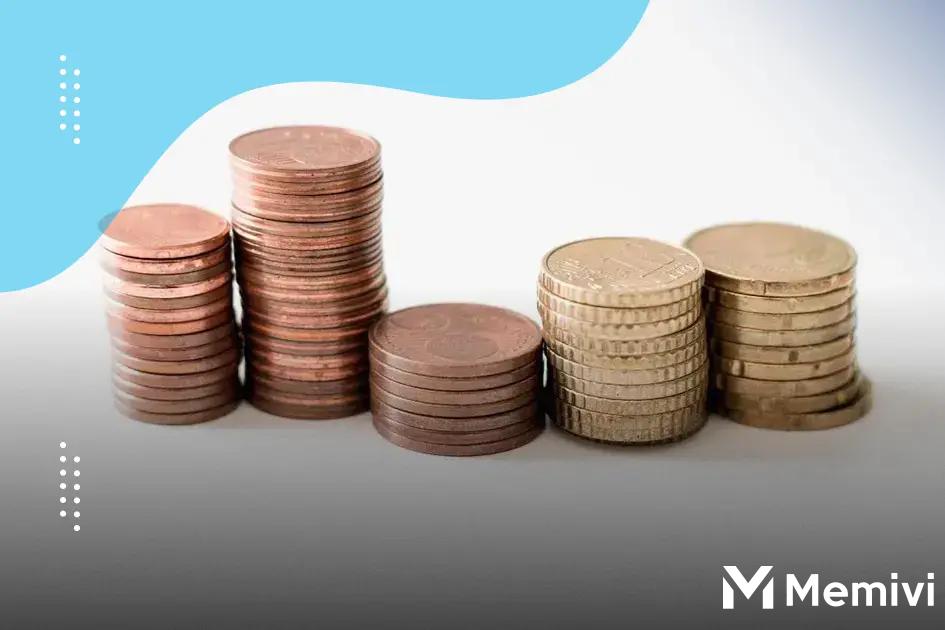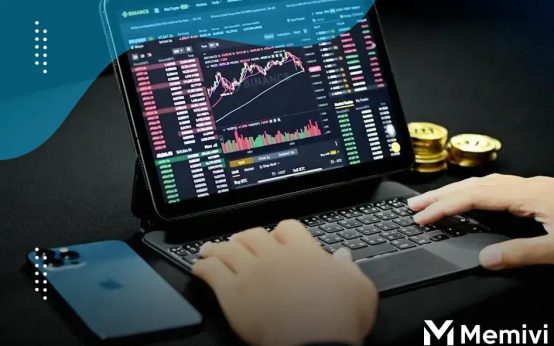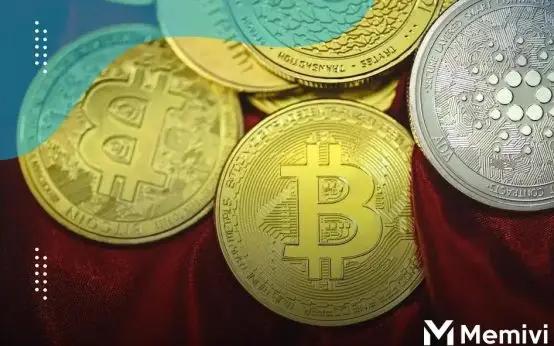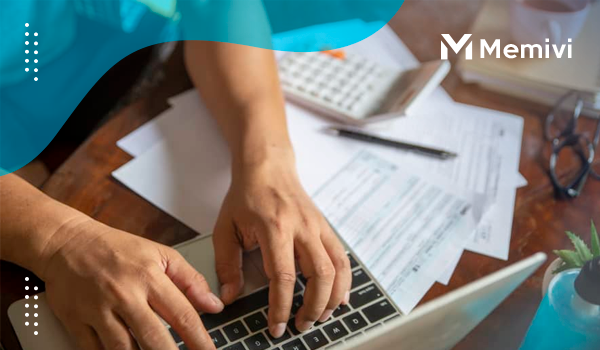
The Rise of Buy Now, Pay Later (BNPL) is reshaping how consumers handle payments, offering instant credit at checkout. This phenomenon has sparked significant debate about its impact on consumer debt and financial responsibility. As you dive into this topic, understanding the intricacies of BNPL is crucial. Learn about its benefits, the potential pitfalls, and how it might shape the future of finance.
What is Buy Now, Pay Later (BNPL)?
Instead of paying the full amount upfront, consumers can split their payments into multiple installments, often without interest if paid on time. BNPL services are usually integrated at the point of sale, both online and in-store, making them convenient and appealing to a broad audience, especially younger consumers who might be cautious about using traditional credit.
Characterized by its user-friendly approach, BNPL requires minimal credit checks, making it accessible to those who might have difficulty obtaining other forms of credit. Companies such as Klarna, Afterpay, and Affirm have become leaders in this space, offering seamless integration with various retailers and online platforms.
How BNPL Affects Consumer Debt
Buy Now, Pay Later (BNPL) services have become a popular choice among consumers, providing an alternative payment method that allows for immediate purchases without the need for upfront cash. However, understanding how BNPL affects consumer debt is crucial as these services reshape financial habits.
One of the primary concerns is that BNPL can encourage impulse spending. Consumers may sometimes underestimate their spending capacity, leading them to accumulate more debt than they can manage. As these services split payments into smaller, seemingly more manageable amounts, they might inadvertently encourage consumers to purchase more than they ordinarily would.
Additionally, BNPL can lead to an increase in overall debt levels if consumers fail to keep track of multiple purchase plans. Unlike traditional credit cards that provide a revolving credit line, BNPL transactions often involve multiple individual repayment schedules. This can complicate personal finances if not monitored carefully.
Moreover, missed BNPL payments could affect credit scores. Some BNPL providers report to credit bureaus, and just like traditional forms of credit, late payments can have a negative impact on a consumer’s credit rating.
Understanding these impacts is crucial to navigating the growing influence of BNPL services and ensuring that they do not become a debt trap for users who may not be aware of the potential financial pitfalls. Always checking terms and managing budget responsibly can help mitigate some of these concerns.
Potential Benefits and Risks of BNPL
Potential Benefits of BNPL: One of the main benefits of Buy Now, Pay Later services is that they offer consumers greater flexibility. Shoppers can purchase what they need, or want, without having to pay the full amount immediately. This can be helpful for managing unexpected expenses or spreading out the cost of larger purchases. Additionally, some BNPL providers offer interest-free periods, which can make these services an attractive alternative to credit cards.
Another advantage is the accessibility of BNPL options. They are often easier to qualify for than traditional credit, making them a convenient choice for those with limited credit history. This accessibility can help consumers build their credit profiles, as timely repayments might reflect positively on their credit score.
Risks Associated with BNPL: Despite these advantages, BNPL also carries potential risks. One significant concern is the ease with which consumers can accumulate excessive debt. As these services encourage spending beyond immediate means, some consumers may struggle to make repayments on time.
Moreover, failing to meet repayment schedules can lead to late fees and additional charges. This can be a disadvantage for users who may not fully understand the terms of their BNPL agreement.
There’s also the issue of transparency. Unlike traditional loans, where terms are clear, BNPL agreements can sometimes have hidden fees or complex terms that confuse consumers.
The Future of BNPL in the Financial World

As the BNPL model gains popularity, financial experts are considering its long-term implications on the economy and traditional credit systems. The transition to a digitally-driven purchasing model signifies significant shifts in consumer behavior. Digital transformation is at the forefront, pushing traditional finance to adapt or risk obsolescence. Increasing competition among BNPL providers accelerates innovation, while financial institutions rethink strategies to integrate or compete with these services.
The role of technology is crucial as AI and machine learning optimize approval processes, reducing default risks and enhancing user experience. With evolving regulatory frameworks, governments are likely to impose more stringent rules to safeguard consumer interests, ensuring sustainable growth of this payment trend.
Financial literacy will become a focal point as consumers need to be educated on managing BNPL responsibly to prevent accruing unmanageable debt. Collaboration between fintech companies and educational platforms can bridge this knowledge gap, empowering users to make informed financial decisions.
In conclusion, while the BNPL industry is poised for significant growth, stakeholders must address challenges surrounding regulation, data privacy, and consumer awareness. The balance between innovation and regulation will dictate the trajectory of BNPL in the financial world, marking it as a vital component of tomorrow’s economy.


 Financial Scams and Fraud: How to Spot the Latest Threats. <p class='sec-title' style='line-height: normal; font-weight: normal;font-size: 16px !important; text-align: left;margin-top: 8px;margin-bottom: 0px !important;'> In the rapidly changing world of finance, being informed about financial scams and fraud is essential. </p>
Financial Scams and Fraud: How to Spot the Latest Threats. <p class='sec-title' style='line-height: normal; font-weight: normal;font-size: 16px !important; text-align: left;margin-top: 8px;margin-bottom: 0px !important;'> In the rapidly changing world of finance, being informed about financial scams and fraud is essential. </p>  The New Mortgage Landscape: What the End of Low Fixed Rates Means for Homeowners. <p class='sec-title' style='line-height: normal; font-weight: normal;font-size: 16px !important; text-align: left;margin-top: 8px;margin-bottom: 0px !important;'> Understanding the modern mortgage market is crucial as it is shaped by new trends and lender practices. </p>
The New Mortgage Landscape: What the End of Low Fixed Rates Means for Homeowners. <p class='sec-title' style='line-height: normal; font-weight: normal;font-size: 16px !important; text-align: left;margin-top: 8px;margin-bottom: 0px !important;'> Understanding the modern mortgage market is crucial as it is shaped by new trends and lender practices. </p>  Maximising Your Savings: High-Yield Accounts vs. Premium Bonds <p class='sec-title' style='line-height: normal; font-weight: normal;font-size: 16px !important; text-align: left;margin-top: 8px;margin-bottom: 0px !important;'> Understanding spending habits is critical for building savings quickly and efficiently </p>
Maximising Your Savings: High-Yield Accounts vs. Premium Bonds <p class='sec-title' style='line-height: normal; font-weight: normal;font-size: 16px !important; text-align: left;margin-top: 8px;margin-bottom: 0px !important;'> Understanding spending habits is critical for building savings quickly and efficiently </p>